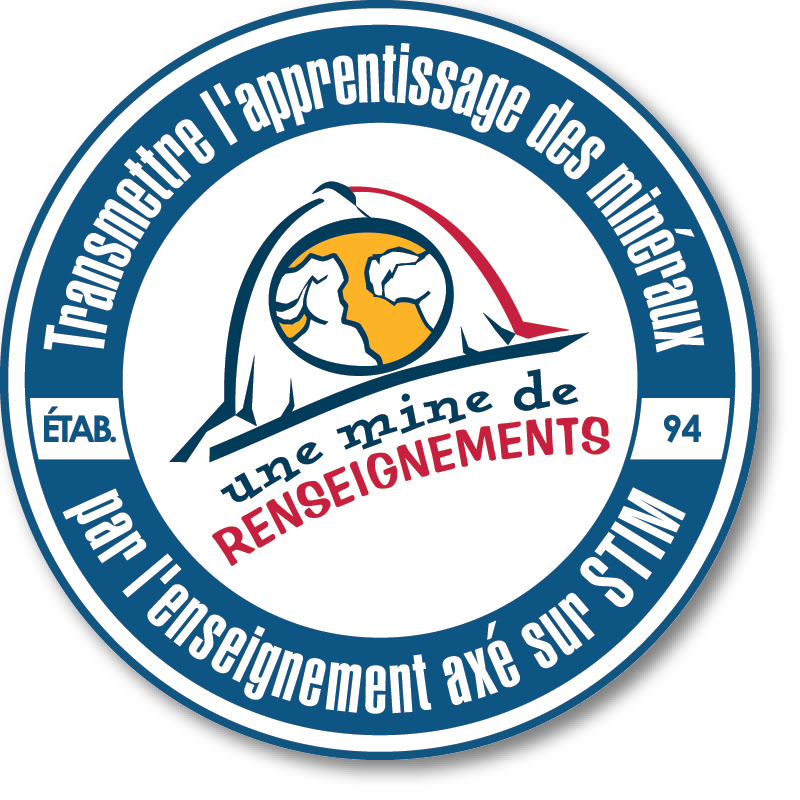Kingston’s storied geological past finally unearthed
Article reprinted with permission of Kingston this Week.
Evidence of life in the Limestone City one billion years ago is now on display thanks to a generous benefactor.
The real history of Kingston, the first few 100 million years of it, is now on public display at the Miller Museum of Geology. 1.1. Billion Years of Earth History: The Geology of the Kingston Area tells the story of historical Kingston through its geological past—how the region has changed in geological shape and climate over millions of years, through evidence in rock samples.
The display includes a mix of large rock and fossil samples, a computer slide show, colour maps, and reconstructed fish and plant life from fossils found in the area.
Museum curator Mark Badham created the exhibit that assembles major events in scientific history that have shaped Kingston.
“Himalayan-sized mountains, the fiery impact of a meteorite, submergence under a tropical sea and a coating of ice up to 2-km thick—this is all Kingston’s past,” says Badham.
People think 100 years or even 1000 years is a long time. Try one billion. “A billion years ago, a mountain range in this region stretched from Labrador to Mexico,” explains Badham.
Evidence in the rock tells this story.
A large sample of rock gneiss, Badham points out, is formed under heart and pressure, such as in a mountain.
Gneiss in Kingston would have been part of the Greenville Mountain Rage and would have reached one to two kilometers into the sky.
Over time—millions of years—the mountain range was eroded, the sea level rose, and Kingston was submerged—part of a tropical climate dating back 470 million years.
This is where Kingston inherited its limestone, much of which has been used in area construction.
“The limestone forms from the floor of the ocean,” says Badham.
The region was also hit by a meteorite in what is present day Holleford, northeast of Hartington in South Frontenac. It hit about 480 million years ago.
The crater is visible from Holleford Road off Highway 38 and is about 2.35 km in diameter. Retired doctor Richard Milne, who served Kingston for almost 40 years, was the exhibit’s principal donor.
“Wherever you go, geology is beneath you,” says Milne. “The history of Kingston, the geology of Kingston, the flora and fauna of Kingston—it should be part of fundamental learning.”
Milne says everyone would appreciate the beauty of the region if they learned its meaning through geology.
Dr. Bob Dalrymple, Queen’s University’s head of Geological Science and Geological Engineering, is responsible for finding the oldest fossil that showed life existing in North America around 470 million years ago. He found it in Sunbury. It too is now housed at the museum.
He likens the geologist’s role to that of a detective. “We are like Sherlock Holmes, finding clues and piecing together the story of past events,” says Dalrymple.
After months of research and coordination, the story of Kingston is now assembled. And according to the geologists, it is accurate, give or take a million years.
The Miller Museum of Geology is located at 36 Union St. at Queen’s University. Call 533-6767 for details or email MillerMuseum [at] queensu.ca (MillerMuseum[at]queensu[dot]ca).




